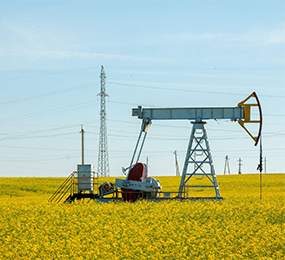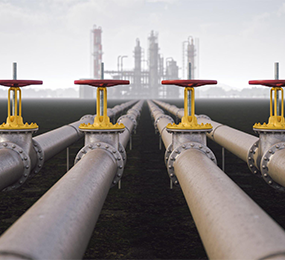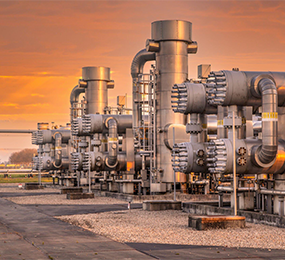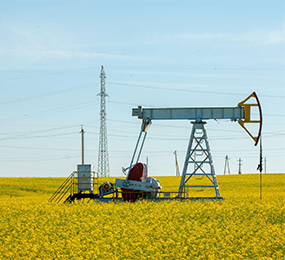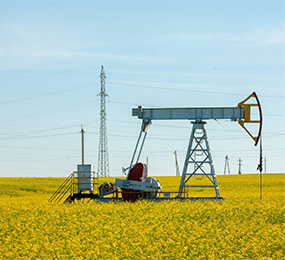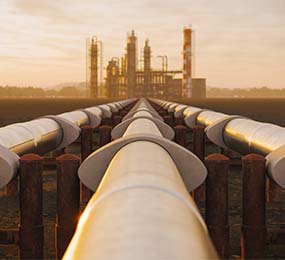Building Resilient Energy Infrastructures in the Oil and Gas Sector
Building resilient energy infrastructures in the oil and gas sector is imperative as the industry faces the dual challenge of meeting global energy demand while addressing environmental concerns and volatility in oil prices. Resilience in this context entails the ability to withstand and recover from various shocks, including natural disasters, market fluctuations, and the transition to cleaner energy sources.
One key aspect of resilience is diversification. The sector must diversify its energy portfolio, investing in renewable energy sources, carbon capture and storage technologies, and energy efficiency measures. By reducing dependence on fossil fuels, the sector becomes more adaptable and less susceptible to market disruptions or environmental regulations.
Investing in smart infrastructure is another vital component of resilience. This includes advanced data analytics, predictive maintenance, and automation to enhance efficiency and reduce downtime. Enhanced cybersecurity measures are essential to protect against digital threats in an increasingly connected industry.
Furthermore, building resilient infrastructures requires long-term planning that incorporates environmental and climate considerations. This includes assessing vulnerabilities to climate change and implementing adaptive strategies.
In conclusion, the oil and gas sector must proactively build resilient energy infrastructures to navigate a rapidly changing energy landscape. Resilience ensures stability in the face of environmental and market challenges while contributing to a more sustainable energy future.
Visit our website to know more: https://www.leadventgrp.com/events/oil-and-gas-electrification-and-digitalization-forum/details
For more information and group participation, contact us: [email protected]
Leadvent Group - Industry Leading Events for Business Leaders!
www.leadventgrp.com| [email protected]



